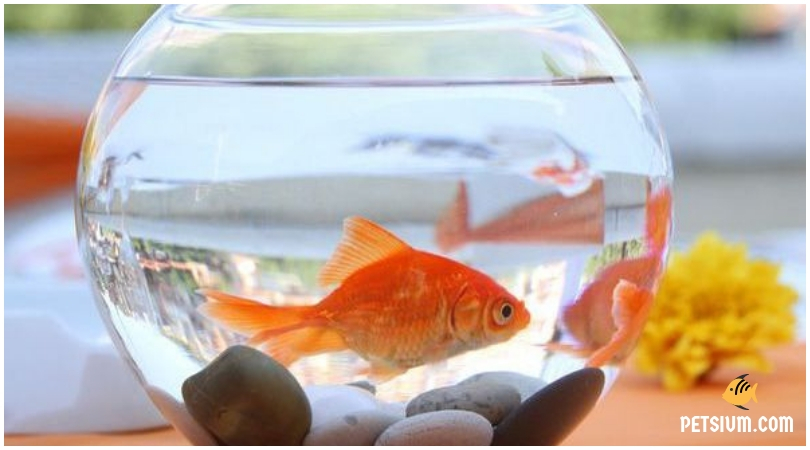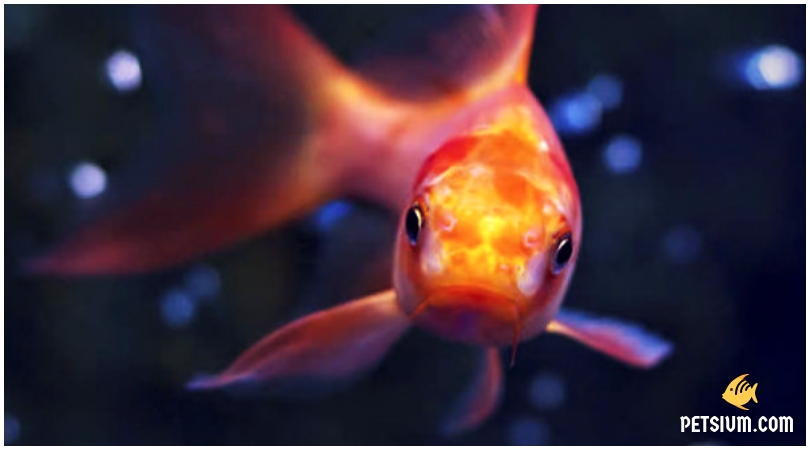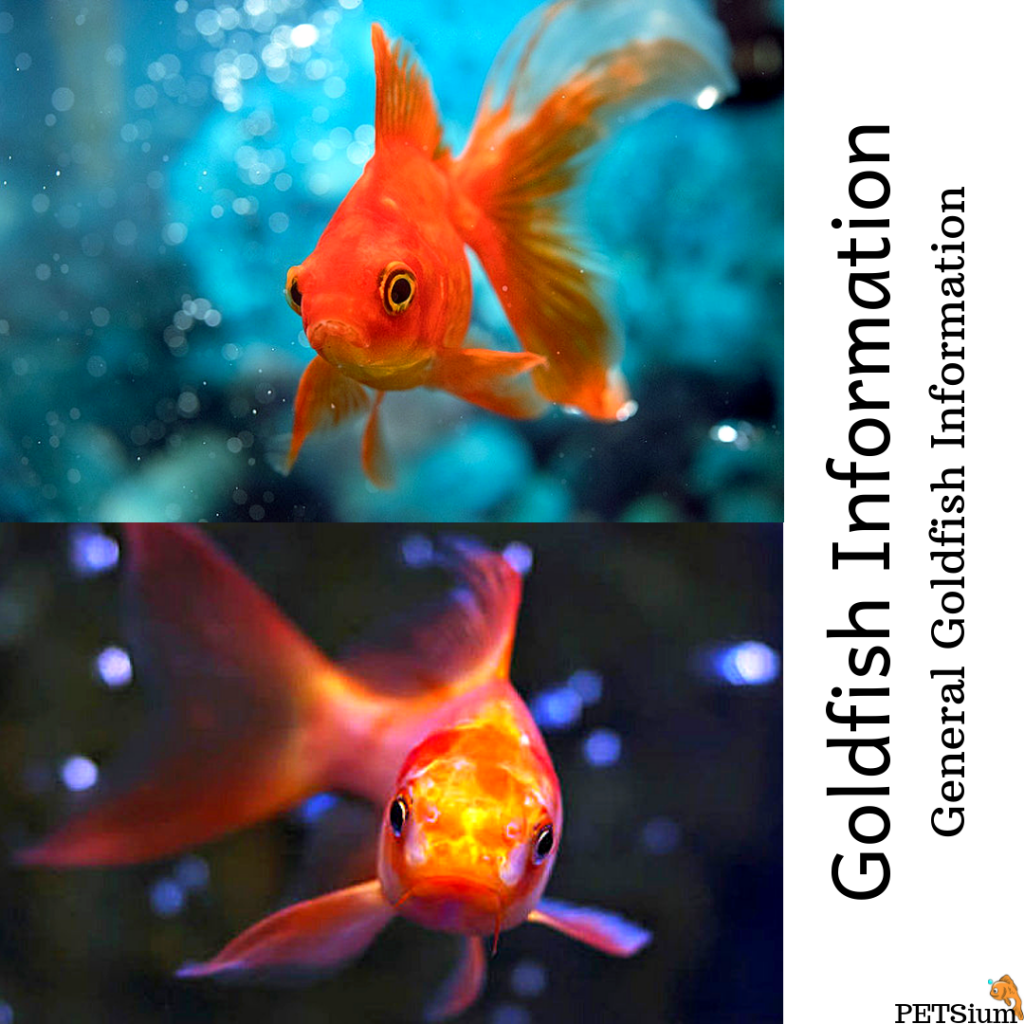Some people believe that having an aquarium inside their house will bring luck to them, while some others think that running water will bring wealth to them. Whatever it is, watching shimmering movements of goldfish will always make us happy. They even respond to our whistling or call which forms an emotional attachment towards them.
Though goldfish is sensitive to long-drawn-out exposure to low water temperatures, it’s still considered as a suitable fish for aquarium and pond environments. So we can keep goldfishes in our aquariums, just for the sake of mental pleasure or by taking it as a hobby.
Post Navigation
Goldfish Facts
Goldfish, belonging to the genus Carassius, can attain a reasonably good size if we give adequate space and food. As it is considered as a hardy fish, it can live happily in an aquarium or pond for more than 10 years. We can see goldfishes mostly in colors ranging from light orange to bright red, other than brown, blue and other eye catching combinations. Goldfishes also exist in a variety of beautiful outer coverings including silver and metallic textures.

This beautiful fish is one of the earliest fishes that man started domesticating and this captive breeding started from its native home China, mostly during the reign of the Sung Dynasty. When man started educating yourself about this fishes, they also tried to raise different breeds within the species. Thus, goldfishes served as a gateway for taming exotic fish species.
Common Goldfish Varieties
Some of the commonly found goldfish varieties are Comet, Black Moore, Ryukin, Fantail, Lionhead, Bubble eye, Pearscale and Oranda. These fishes are omnivores and often feed on vegetables, protein mixtures etc. Comets are very daring and active, and it will grow up to 30 inches. Meanwhile, Black Moores can grow up to 7 inches long and Fantails can develop up to 8 inches.
As Black Moore is a very mischievous fish, it’s always advisable to keep this fish with another goldfish so that it will feel more comfortable. We can see Ryukins in calico, red and white colors. It can grow up to 6 inches and can live more than 14 years. This fish can be identified easily as it has a short, round body, and a high humped back.

Goldfish Water and Aquarium
As goldfishes are cheerful, long-lived and visually pleasing, we must ensure proper care for them. Most important decisions regarding this is checking the quality of the water. We should not forget that goldfish must eat, swim, breathe and drink in the same water they are living, so water quality for the fish must be taken seriously.
Some of the parameters we should check while setting up an aquarium includes ammonia, nitrite, nitrate, and pH levels. We can also decorate the tank or the aquarium with different colored rocks or ornamental plants; this will offer the fish a hiding spot or a play area to reduce their stress.
As a properly fed goldfish will be livelier, brilliantly colored and resistant to diseases, flake food will be preferable to pellet food. It is better to give food that will float on the top of the water, because this will make it easier for the fish to find.

How to Care for Goldfish
Goldfish are relatively easy pets to care for compared to dogs, cats, or even hamsters. You never have to take a fish for a walk, you don’t have to worry about them leaving a mess on the carpet to pick up, and they will never cause a commotion and disturb the neighbours.
It is important to take proper care of both your goldfish and its habitat in order to ensure that it is able to enjoy a lengthy and healthy life. Goldfish are very sensitive animals and the slightest change in temperature or environment can prove to be stressful and harmful.
Is it a Good Idea to Cuddle Goldfish
Never touch your fish unless out of necessity. They are prone to stress, injury, or infection if you try to pet them. This careless action may destroy come of their scales and this can also cause injury or infection. Also, when feeding your fish, place the food in the water. Don’t feed them by hand.
You may carry dangerous germs and infections that can ultimately kill your pets. If you do need to add or remove any of the decorations in the tank, be sure to wear a pair of aquarium gloves to avoid transferring any bacteria or germs.
When it comes to decorating your pet’s new home, be very careful what materials you decide to use. Avoid using any wood, shells or rocks that have been collected from ponds, lakes, or rivers. These will certainly make your fish habitat appear realistic, but you may be subjecting your new pets to parasites and diseases.
Instead, choose ornaments specifying that they are for aquarium use only. Plastic, silk, or real plants as well as ceramic shells and driftwood are perfectly acceptable. Also choose gravel for the bottom of the tank that will be too big for a fish to swallow. Smaller pieces may get lodged in the fish’s throat and choke it.

Do Goldfish Need Companions?
Be attentive and research what types of fish are compatible to share the tank with your precious new friends. Some fish will bully others and nip at their fins, which can cause stress and injury. Algae eating fish aren’t always the best companions for goldfish either as they tend to suck the slime coat off of fish and leave them susceptible to infections.
Be careful not to stock too many fish into one tank as this will deplete the amount of available oxygen and your fish won’t thrive as well. Fish all produce waste which is usually excreted in the form of ammonia. If too much ammonia develops in a fish tank, this could cause harm to other fish by causing disease and infection.
Different types of goldfish should also be set in separate fish tanks as they all have assorted needs and requirements. The more common goldfish are more aggressive and quick and they tend to take control of the food supply before other fish can have a chance to eat.
Putting them in the same tank as fancy goldfish would be detrimental to the latter. Also, fancy goldfish prefer slightly warmer water than common goldfish do.
If we keep right climatic conditions, goldfish is a fantastic species of fish to keep, especially for the budding fish enthusiast. Creating ornamental varieties from a common goldfish become a hobby for many people.
Common goldfish tend to live in groups as they are quite social and have proven over time to be a popular pet not only for children but also for adults.




